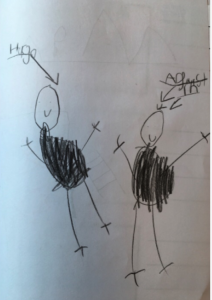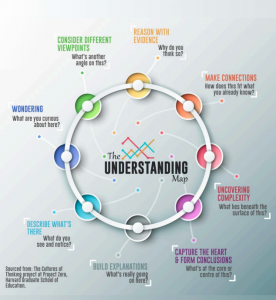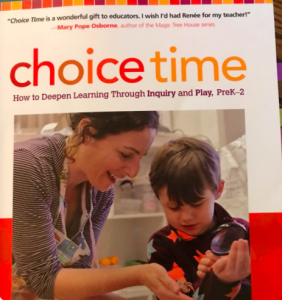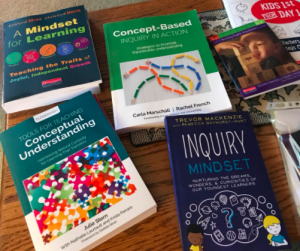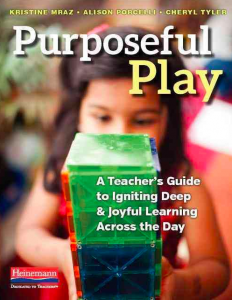Just as I am now, every year, I take some time to look back on the development of my Kindergarten writers over the course of the year. While the instructional decisions I make are based on weekly formative assessments and reflection on individual and group needs, it has been really interesting to go back and look at how far they’ve come and how they got there. I find that there is nothing more powerful than looking at student work as a way to develop even more as a writing teacher so I thought I would start to share some of these on my blog. Here are some samples from the writing life of one of my Kindergarteners last year, in chronological order.
HG’s development as a writer from September to April
At the start of the year, as was the case with most of my Kindergarteners, HG used pictures to put his ideas on paper. We looked back at the first writing samples together and he noticed immediately how much he has grown in his ability to add details to his drawings.

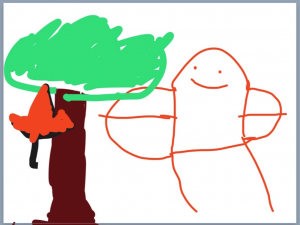
By mid-year, HG had started choosing his character or subject before putting marks on the page. He was able to discuss his color choices and point out details like parts of the body and shapes that he had purposefully added. He was beginning to experiment with strings of letters to represent words.
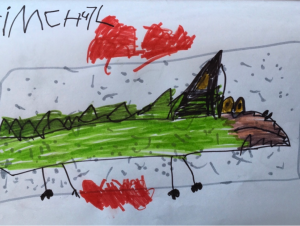
It wasn’t long before HG was using words that he knew, such as proper names of family, friends and familiar toys, and starting to use letters to represent initial and dominant sounds.
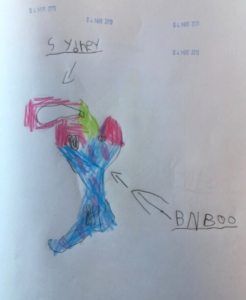
During our unit on all-about books, HG demonstrated an understanding that there are spaces between words and started crafting sentences to match his pictures.
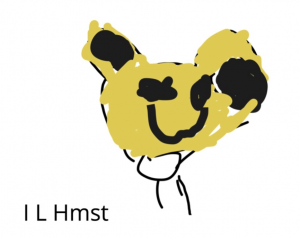
HG recognizes that he sometimes forgets to do some of the things he already knows to do to make sure his reader understands what he’s written.
